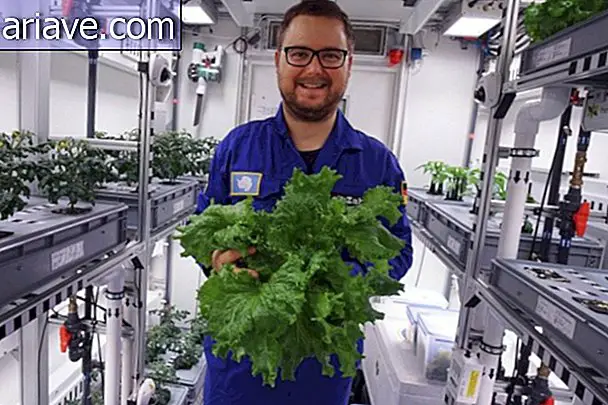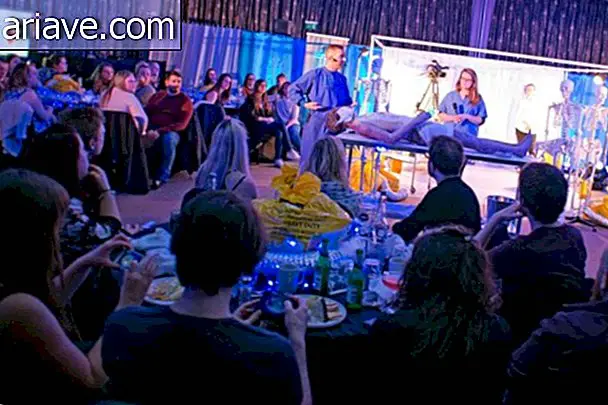See inside a tarantula carcass after it changes skin
The image you see below is that of a spider exoskeleton that has just been discarded by its exchange. You can see even interesting details of the interior of the structure.
The spider exoskeleton is made up of several layers of cuticle, a complex material that contains protein and chitin, a long chain polysaccharide. Chitin and protein molecules are arranged in long chains, in successive layers, such as plywood sheets.
This structure makes the cuticle extremely strong and highly effective in keeping the spider free of dehydration, but the material has a serious disadvantage. While it is flexible enough for movement, it cannot expand with development, as human bones and tissues do. In other words, the exoskeleton cannot grow.
For this reason, to continue to grow in size, the spider must form a new and larger exoskeleton and drop the old one. Switching often happens when the spider is young - and some spiders may continue to make change throughout their life.
At the appropriate time, arachnid hormones "warn" his body to absorb a portion of the lower cuticle layer and begin to secrete material to form the new exoskeleton.

The spider also secretes an exchange fluid between the old and the new exoskeleton. Once the new exoskeleton is finished, the spider absorbs the fluid. This creates a gap between the two structures, which makes it easier to separate them.
To drop the old exoskeleton, the spider must make an effort to escape from it. At this point, the pumping of your heart increases with a higher rate of hemolymph (the “blood” of the spider) that goes from the abdomen to the cephalothorax. Pressure expands the cephalothorax, which pushes the old exoskeleton until it cracks.
As a result, the spider flexes its muscles until the carcass comes loose and falls out, leaving behind a structure like the one in the image above.











